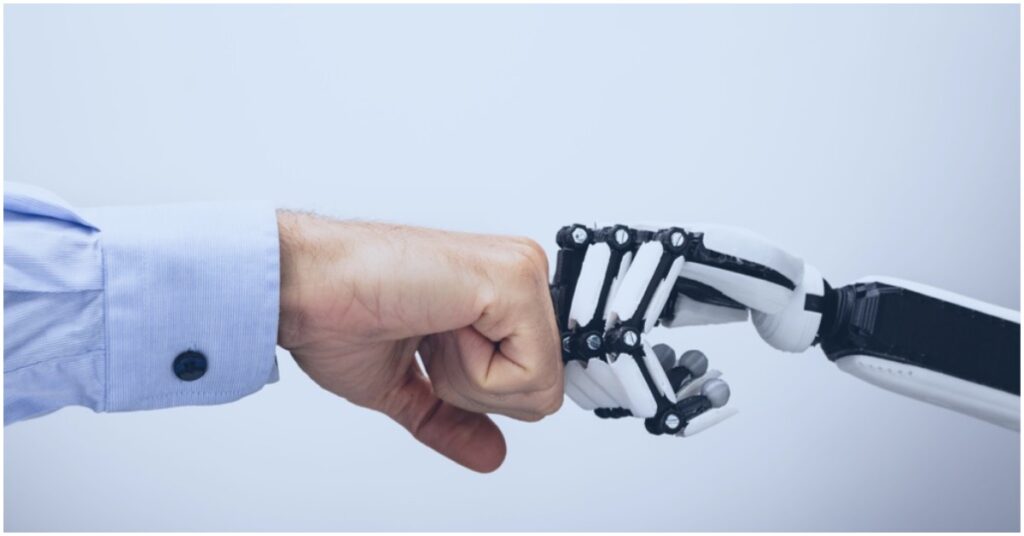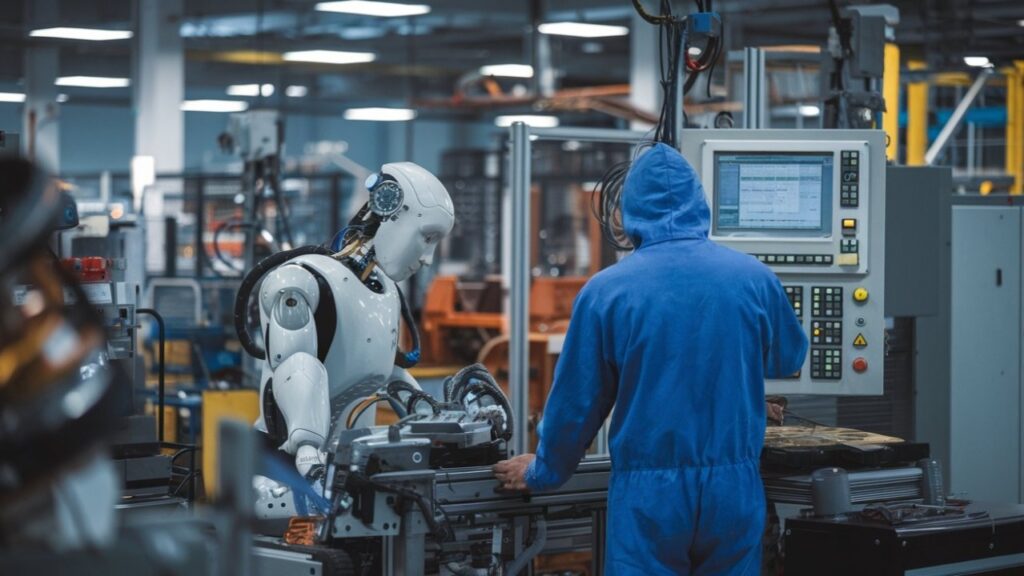People over Platforms

Human Skills in a Tech-Driven World
Imagine it’s 2030. Your AI assistant has planned your day, answered your emails, and designed a flawless presentation for your big idea. The efficiency is remarkable, but it raises an important question: where do uniquely human qualities fit in this picture?
The answer lies in the abilities that no algorithm can replicate—creativity, empathy, and adaptability. As technology advances, these human skills become even more critical. In this blog, we’ll explore how we can embrace artificial intelligence (AI) as a tool to enhance, not replace, our humanity, and why these core capabilities are the foundation of a thriving workplace.
A Human-Centered Future
Artificial intelligence is transforming the workplace at an unprecedented pace. It automates repetitive tasks, analyzes complex data, and delivers actionable insights faster than we could imagine. But while AI excels in efficiency, it lacks the nuanced understanding and emotional connection that humans bring to every interaction and decision.
Without a deliberate focus on our unique strengths, over-reliance on AI could lead to:
- A Loss of Creativity: Data may guide decisions, but storytelling, intuition, and the ability to inspire are inherently human traits. Without these, workplaces risk becoming transactional and uninspiring.
- Robotic Workforces: Prioritizing technical skills over human connection can result in task-oriented workers rather than collaborative, innovative teams.
- Decreased Well-Being: Employees may feel undervalued and disconnected if they’re treated as mere cogs in a tech-driven system.
The goal is not to compete with AI but to integrate it effectively. Let AI handle the tasks that don’t require human ingenuity, allowing us to focus on what we do best: creating, connecting, and leading with purpose.

Core Capabilities for the Future
In this evolving workplace, what some call “soft skills” take center stage. But let’s redefine them as CORE capabilities—essential skills that ensure success, no matter how advanced technology becomes.
1. Connect: Building Relationships and Strategies
Connection is twofold:
- With People: Building trust, fostering collaboration, and creating relationships that go beyond surface-level interactions.
- With Ideas: Thinking strategically, identifying patterns, and connecting the dots to see the bigger picture.
Without connection, teams become siloed, communication falters, and morale declines. A workplace lacking connection is like a machine missing its most vital component—cohesion.
And if you’re in L&D, craving connection and deep conversations with people who get it, join us every Tuesday in The L&D Lounge.
2. Optimize: Streamlining for Impact
Optimization is about more than using the latest tools; it’s about working smarter. It means improving processes, applying critical thinking, and questioning outdated norms.
Without optimization, inefficiencies pile up: unnecessary meetings, redundant processes, and decisions made without clear data. When we optimize, we free up time and energy for the work that truly matters.
3. Resilience: Adapting to Change
Change is constant, and resilience is the ability to adapt and thrive in the face of it. Whether it’s bouncing back from a failed project or navigating organizational shifts, resilience turns setbacks into growth opportunities.
Without resilience, fear of failure takes over, stifling innovation and progress. Resilient teams embrace challenges as opportunities to learn and improve.
4. Empathy: The Foundation of Human Connection
Empathy, or emotional intelligence (EQ), goes beyond understanding others. It’s also about self-awareness and recognizing how actions ripple through teams and organizations.
Without empathy, communication suffers, relationships fracture, and collaboration falters. Empathy is the glue that binds individuals into cohesive, effective teams.
AI and Human Skills: A Partnership for Progress
AI is rapidly changing how we work, but its true potential lies in how it complements human skills. When we combine AI’s efficiency with our emotional intelligence, we create workplaces that are not only productive but also deeply meaningful.
AI can handle tasks like data analysis, scheduling, and reporting, freeing up time for humans to focus on creativity, strategy, and leadership. This balance opens up possibilities, such as:
- Flexible work schedules that adapt to individual needs.
- Greater focus on meaningful, impactful work.
- Collaboration between humans and technology to achieve breakthroughs we couldn’t reach alone.
The workplace of the future is one where technology amplifies human potential rather than diminishes it.

Acting Now: Preparing for the Future
The integration of AI is not a distant concept; it’s happening now. Companies like KPMG and Canva are already leveraging AI to improve operations and creativity. Staying relevant in this landscape requires us to proactively develop the skills that set us apart.
Steps to prepare:
- Invest in developing CORE capabilities.
- Embrace lifelong learning to adapt to new challenges and technologies.
- Build workplaces that prioritize balance—where technology enhances, rather than replaces, human connection.
By taking these steps, you position yourself and your organization to not only survive but thrive in an AI-driven world.
Conclusion
The workplace is evolving, but the human element remains at its heart. By focusing on connection, optimization, resilience, and empathy, we ensure that our work remains impactful, creative, and meaningful.
The future isn’t about choosing between humans and AI—it’s about integrating the two to create something greater than the sum of its parts. Let’s embrace this new era with a commitment to both innovation and humanity.
Sources:
Wisestep: Technology in the Workplace Pros and Cons; By Chitra Reddy
Forbes: Blend People And Tech For Better Hybrid Success In 2024; by Agur Jõgi
Forbes: The Symbiosis Of People And Technology; By Pascal Bornet
Business Insider. KPMG AI Boss David Rowlands on Artificial Intelligence Strategy; By: Business Insider
Wired; Canva CEO Melanie Perkins on the Future of AI in Design
Unite.AI. Pascal Bornet: Author of “Intelligent Automation” – Interview Series’
ibentos; The Importance of Human-AI Collaboration in the Workplace; By: ibentos Team
MIT Management Sloan School: Humans and AI: Do they work better together or alone?
Hi there, I'm Candice Mitchell!
Hi there,
I'm Candice Mitchell!
Meet the Author
I work with corporate clients carving out strategic Talent Development plans. I’ve been where you are now, and not only have I put in all the hard work and made all the mistakes that finally enabled me to get to a place of progression and impact that we talk of, but I’ve placed it all together in a signature program, The Talent Development Academy®.